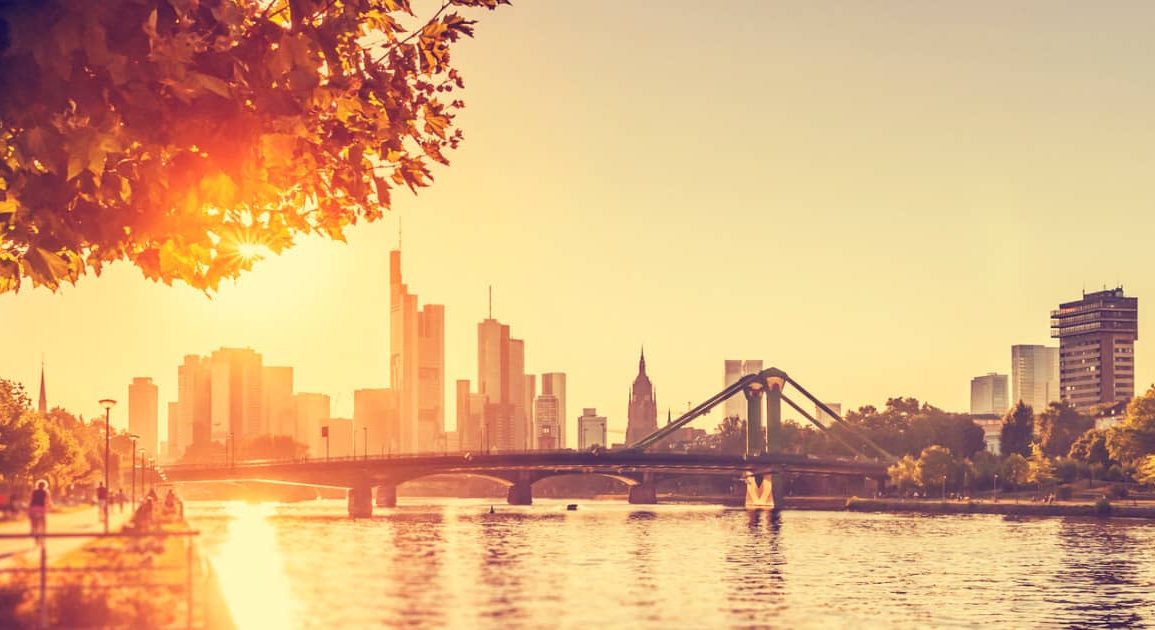The paradox of urban growth is becoming more evident as cities offer efficient living with access to decarbonized public transportation, yet they also expose inhabitants to severe heat due to the urban heat-island effect.
Urban areas, filled with concrete, asphalt, and brick, absorb and retain more heat compared to rural regions. As a result, city dwellers suffer from higher temperatures, making them more vulnerable to heat-related health risks.
In the U.S., heat is already the deadliest form of extreme weather, with cities being particularly hazardous. Scientists and urban designers are focusing on passive cooling techniques rather than relying on energy-intensive air conditioning.
Strategies like “cool roofs” with special coatings or reflective shingles and urban green spaces are being researched and implemented to combat urban heat. These methods help reflect sunlight and cool the surrounding air naturally.
Edith de Guzman, a researcher at UCLA, emphasizes that while urban environments exacerbate heat, they can also be modified to mitigate it. Enhancing the reflectivity of building materials could significantly reduce heat-related health issues.

Despite the known benefits of greening cities with vegetation, more effort is needed to promote the widespread adoption of cool roofs, which have proven highly effective in reducing urban temperatures.
Recent research indicates that neglecting the implementation of cool roofs is detrimental. A study highlighted that cool roofs could have significantly lowered temperatures during London’s hottest days in 2018.
This simple engineering solution was found to be more effective than green roofs, rooftop solar panels, and ground-level vegetation in cooling the city. Oscar Brousse, the study’s lead author, argues for the practical and widespread application of cool roofs.
Cool roofs can be easily scaled up by replacing dark, heat-absorbing roofs with reflective materials or light-colored coatings. However, single-family homes with dark wooden shingles present a challenge. The roofing industry’s inertia and insufficient municipal building codes hinder the transition to cool roofs.
Yet, policies and incentives can facilitate this shift. For instance, Los Angeles mandates cool roofs for new residential constructions and offers rebates, but broader adoption is still needed.
Addressing the heat-island effect requires tailored approaches, as different neighborhoods heat up differently based on geography and socioeconomic factors. Wealthier neighborhoods tend to be greener, while lower-income areas often have more heat-absorbing infrastructure.
Research shows that cool roofs can reduce temperatures significantly, but other interventions like green roofs and solar panels also offer various benefits, including mental health improvements and climate-friendly energy solutions. Ultimately, a combined approach integrating multiple cooling strategies will be most effective in mitigating urban heat.

